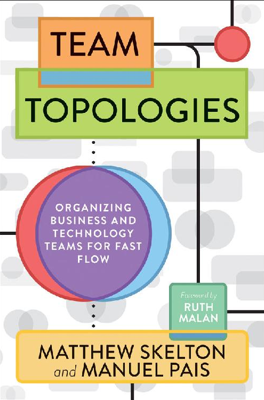Summary
Key Concepts and Solutions in Team Topologies
Inadequacy of Traditional Org Charts: Traditional org charts fail in dynamic, technology-driven environments as they do not accurately depict the fluid communication and interactions necessary in modern software development processes.
Decoupling for Flexibility: Companies should utilize decoupled, long-lived teams which offer greater agility and reduce bureaucratic slowdowns, adapting faster to changes and demands in the development landscape.
Three Organizational Structures: - Formal Structure: Official organizational setup primarily for regulatory compliance. - Informal Structure: Unofficial, interpersonal networks shaping daily operations. - Value Creation Structure: Practical workflows driven by actual team interactions and relationships.
Introduction of Team Topologies: This framework redefines team organization by: 1. Four Fundamental Team Types: Stream-aligned, platform, enabling, and complicated-subsystem teams. 2. Three Core Interaction Modes: Collaboration, X-as-a-Service, and facilitating.
These structures are designed to enhance software delivery by aligning with Conway's Law, which posits that systems reflect the communication structures of the organizations that create them.
Cognitive Load and Efficiency: Managing the cognitive load is crucial; teams should not be overwhelmed to maintain efficiency and motivation. Organizational setups must strive to match responsibilities with the team's capacity, ensuring smooth workflows and minimal bottlenecks.
Emphasis on Software and Team Congruence: Aligning team structures with architectural needs promotes autonomy and enhances the overall software development process. The arrangement should support teams in being more independent and proficient in their respective domains.
Adaptive Team Structures for Continuous Improvement: Organizations need to continuously realign team setups with evolving business objectives and technology landscapes, fostering a responsive and innovative culture.
By adopting these strategies and understanding the concepts of team topologies, organizations can greatly improve their operational dynamics and effectiveness in software delivery, enabling a more agile and aligned approach to modern technology challenges.
